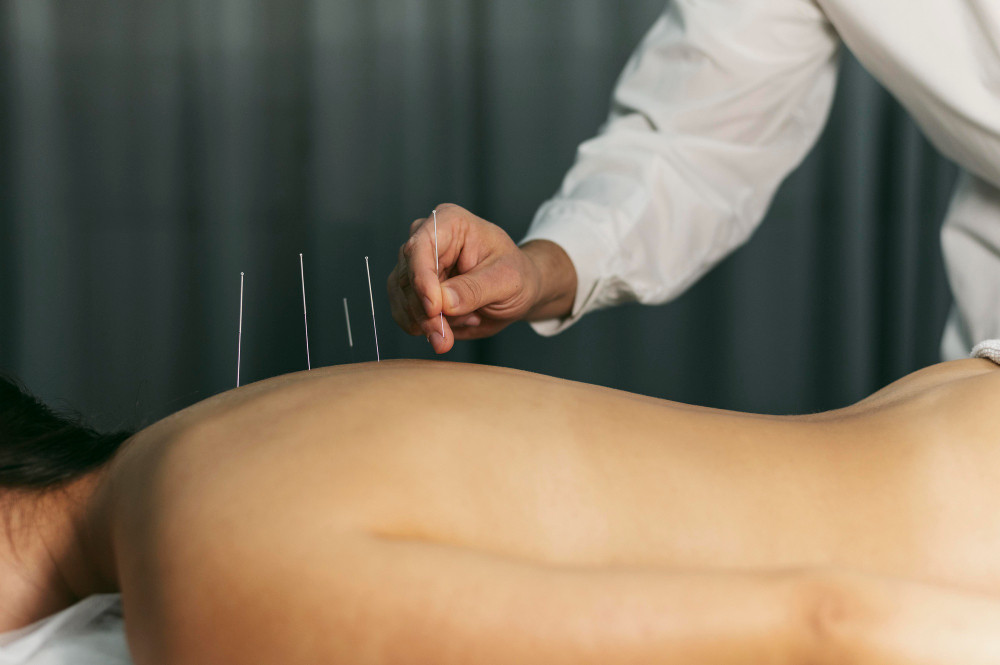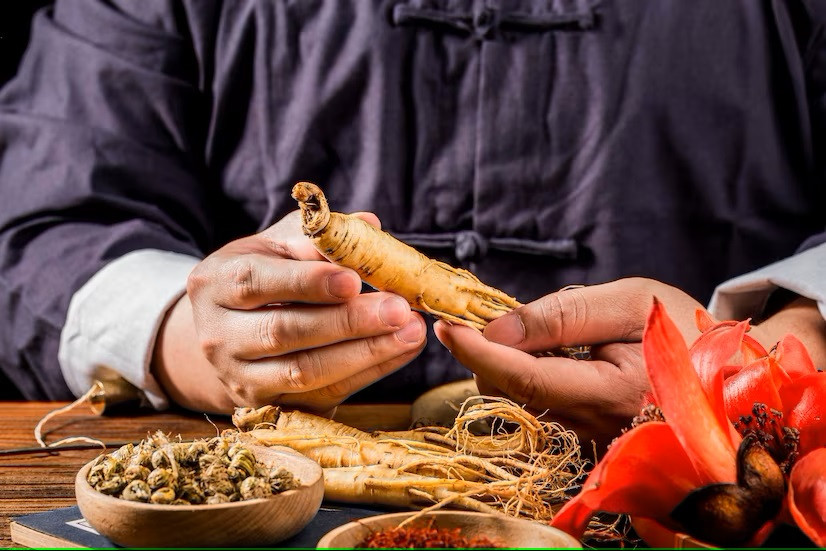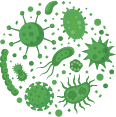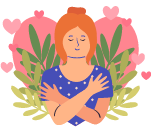Terapi dry needling dan akupunktur sama-sama menggunakan jarum selama proses terapi. Meskipun sama-sama menggunakan jarum dan digunakan untuk mengatasi masalah kesehatan, namun keduanya memiliki cara kerja yang berbeda.
Apa Itu Dry Needling?
Anda mungkin sudah familiar dengan praktik akupunktur. Terapi menggunakan tusuk jarum ini sudah dikenal sejak ribuan tahun silam di daerah Tiongkok. Saat ini terapi akupunktur sudah banyak digunakan di berbagai negara, tidak hanya negara Asia. Sementara itu terapi dry needling merupakan jenis terapi yang lebih baru dan digunakan untuk tujuan berbeda.
Dry needling adalah perawatan modern yang dirancang untuk meredakan nyeri otot. Pada dry needling, terapis akan memasukkan beberapa jarum baja tahan karat yang pendek dan halus ke dalam kulit, untuk menstimulasi area otot yang kejang atau kaku. Tusukan jarum akan membantu melepaskan ketegangan penyebab nyeri atau kejang otot. Lamanya tusukan jarum tergantung pada kebutuhan pasien.
Baca Juga: Manfaat dan Risiko Akupunktur untuk Mengatasi Migrain
Beda Dry Needling dan Akupunktur
Salah satu perbedaan utama antara dry needling dan akupunktur adalah teori yang mendasari praktik kedua terapi tersebut. Pada dry needling, tujuan utama terapi adalah untuk meredakan nyeri otot dan kram, juga dapat meningkatkan fleksibilitas pasien. Terapis akan memasukkan jarum pada lokasi yang nyeri (trigger point), yaitu titik tegang atau simpul di otot. Tidak ada cairan yang disuntikkan pada jarum, sehingga praktik ini dikenal dengan istilah dry needle.
Sementara itu pada praktik akupunktur, terapi ini berlandaskan pada pemahaman bahwa penyakit yang timbul adalah akibat energi qi yang tersumbat. Energi qi diyakini mengalir melalui 14 titik meridian pada tubuh dan terapi akupunktur berusaha mengatasi hambatan tersebut dengan memberi tusuk jarum di area yang menghambat aliran energi.
Perbedaan lainnya adalah masih minimnya penelitian mengenai dry needle, begitu juga dengan aturan untuk melakukan dry needle. Pada praktik dry needle, belum ada aturan khusus yang mengatur mengenai hal ini sehingga terapi ini bisa dilakukan oleh siapa saja.
Berbeda dengan akupunktur yang lebih dahulu populer di kalangan medis, sejumlah penelitian mengenai akupunktur sudah banyak dilakukan dan regulasi mengenai akupunktur telah banyak disusun. Praktik akupunktur sebaiknya dilakukan oleh terapis akupunktur yang tersertifikasi.
Baca Juga: Bolehkah Ibu Hamil Menjalani Terapi Akupunktur?
Manfaat dan Risiko Dry Needling dan Akupunktur
Dry Needling
Terapi dry needling utamanya digunakan untuk meredakan nyeri dan otot yang kaku. Terapi ini juga dapat melemaskan otot sehingga meningkatkan fleksibilitas dan meningkatkan rentang gerak. Itulah sebabnya terapi ini banyak digunakan untuk mengatasi cedera olahraga, nyeri otot, hingga nyeri fibromyalgia.
Efek samping dry needling yang umum adalah adanya nyeri dan memar di lokasi tusuk jarum. Penggunaan jarum yang tidak steril dan bergantian juga dapat memicu terjadinya penyakit menular melalui penggunaan jarum bersama. Selain itu, praktik dry needling juga boleh dilakukan oleh orang yang tidak tersertifikasi sehingga kemungkinan cedera dan efek samping lainnya juga perlu diwaspadai.
Akupunktur
Penelitian mengenai akupunktur telah lama dilakukan, beberapa manfaat akupunktur antara lain meredakan peradangan, melancarkan peredaran darah, mengurangi rasa nyeri dan memicu pelepasan hormon endorfin. Terapi akupunktur juga dipercaya dapat mengatasi beberapa keluhan seperti:
- Mual, muntah
- Sakit kepala
- Nyeri menstruasi
- Alergi
Sementara itu risiko akupunktur di antaranya adalah nyeri dan memar di area yang ditusuk dan risiko tertular penyakit akibat penggunaan jarum yang tidak steril.
Terapi dry needling dan akupunktur sama-sama dilakukan dengan menusukkan jarum ke kulit namun untuk tujuan yang berbeda. Jika Anda memiliki masalah kesehatan dan berniat mencoba terapi tersebut sebaiknya konsultasikan ke dokter. Anda juga bisa berkonsultasi menggunakan fitur konsultasi yang terdapat pada aplikasi Ai Care.
Mau tahu tips dan trik kesehatan, pertolongan pertama, dan home remedies lainnya? Cek di sini, ya!
- dr Nadia Opmalina
Holland, K. (2022). Dry Needling vs. Acupuncture: Which Is Right for You?. Available from: https://www.healthline.com/health/dry-needling-vs-acupuncture
Cleveland Clinic. Dry Needling. Available from: https://my.clevelandclinic.org/health/treatments/16542-dry-needling
Jenson, B., On Pins and Needles: Just What Is Dry Needling?. Available from: https://www.mayoclinichealthsystem.org/hometown-health/speaking-of-health/on-pins-and-needles-just-what-is-dry-needling#









